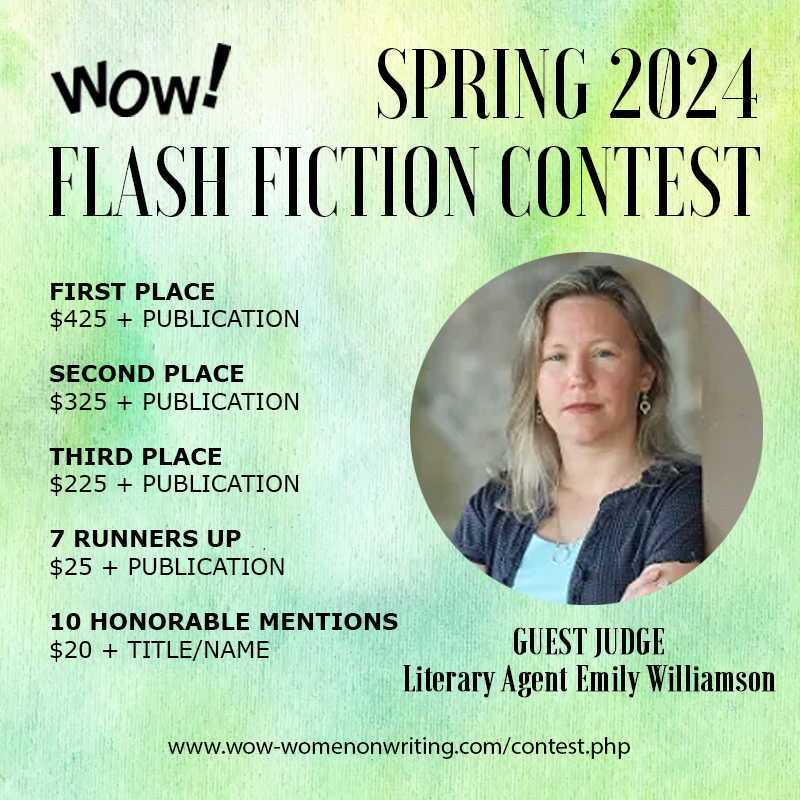by June Trop
A flashback is the scene of a past event used to provide information or explain the actions or motivations in the ongoing story. It has all the elements of a scene, but it takes place in the past. When you depart from chronological order, you risk confusing the reader. Does that mean you should never use flashbacks? No, but it means their use must contribute to the telling of the story. For example, in the film Casablanca, we get a glimpse of Paris and the love affair between Rick Blaine (Humphrey Bogart) and Ilsa Lund (Ingrid Bergman) to understand the romantic tension between them when they meet years later in Casablanca.
So, when could a flashback be useful?
After the opening scene: The best place to start your book is with an action scene that hooks your reader. That scene may be the beginning of your book, but it’s not necessarily the beginning of your story. Now maintain the suspense of the opening scene by taking the reader back to the real beginning of your story.
To avoid a dull stretch: Use the flashback to enliven the pace of a contemplative scene or avoid a potentially dull stretch of your story, such as when a character travels from one place to another. Break from the ongoing story by having the character remember a significant event during the trip and then play out that scene.
To hide a clue from the reader: Use a flashback to drop a clue that has relevance to the ongoing story. You’re still being fair to your reader, but the clue may be less obvious when it’s planted in a flashback.
To show rather than tell: Use a flashback to show rather than tell the reader about a newly introduced character or a pre-existing relationship. As in Casablanca, instead of telling about the love affair between Rick and Ilsa, show it with all its promise and pathos in a flashback. Rather than slowing the pace of the story with exposition, a vivid flashback enables the reader to experience that past event.
So, how can you signal the reader that she is departing from the ongoing chronology? Here are some ways:
1. Switch the verb tense, at least in the beginning, that is from the simple past tense to the past perfect tense.
2. Refer to an event the reader knows took place in the past and elaborate that event in a scene.
3. Have the contemplative character say something like this: “I remember so clearly the day we…”
Now, once you’re in the flashback, the trick is to bring your reader back to the ongoing story with a clear signal. One way is to have someone or something interrupt the remembrance, such as by calling the character. And, of course, switch back to the earlier verb tense.
So, use flashbacks sparingly and strategically. Make them vivid and brief. And give the reader the opportunity to learn something relevant to the ongoing story.
* * *
June Trop is the author of the Miriam bat Isaac Mystery Series set in first-century CE Roman-occupied Alexandria. Her books have been cited for excellence at the New York Book Festival, by Wiki Ezvid, the Historical Novel Society, and as a 5-star Readers’ Favorite. Kirkus praised The Deadliest Thief for its “vibrant imagery and an entertaining plot ending with a most unexpected twist.”
As an award-winning middle school science teacher, June used storytelling to capture her students’ imagination and interest in scientific concepts. Years later as a professor of teacher education, she focused her research on the practical knowledge teachers construct and communicate through storytelling.
June, an active member of the Mystery Writers of America, lives with her husband Paul Zuckerman in New Paltz, NY where she is breathlessly recording her plucky heroine's next life-or-death exploit.
Connect with June on her website www.JuneTrop.com or her Facebook page: June Trop Author.
~~~~~~~~~~~~~~~~~~~~~~~~~~~~~~~~~~~~~~~~~~~~
Would you like to participate in Friday "Speak Out!"? Email your short posts (under 500 words) about women and writing to: marcia[at]wow-womenonwriting[dot]com for consideration. We look forward to hearing from you!
~~~~~~~~~~~~~~~~~~~~~~~~~~~~~~~~~~~~~~~~~~~~
Friday Speak Out!: Using Flashbacks
Friday, February 14, 2020
Powered by Blogger.














5 comments:
June--I began my most recent (completed ;) manuscript with a flashback. Thanks for this post, because I don't think writers use it enough. It can be quite powerful.
Thank you, Sioux. Flashbacks are a tool writers can use to enhance their story. The only thing we have to do is be careful that the reader can follow the chronology. Best wishes are your work!
Wonderful post, June! I'm working on a memoir, so I use flashbacks all the time. I have a decisive moment/action scene as my opening chapter, then the next chapter starts a year earlier. Your reasons to use flashback are excellent! I also use past perfect for flashbacks, but I read one novel (I think it was one of Margaret Atwood's) where she wrote the present in past tense, and her childhood flashbacks in present tense. I thought that was interesting. I use the narrator to weave in and out of flashbacks and hard breaks.
I feel like this is a masterclass in flashbacks! Thank you!
I'm so glad,Angela and Margo, that you found my ideas on flashbacks useful.
Post a Comment